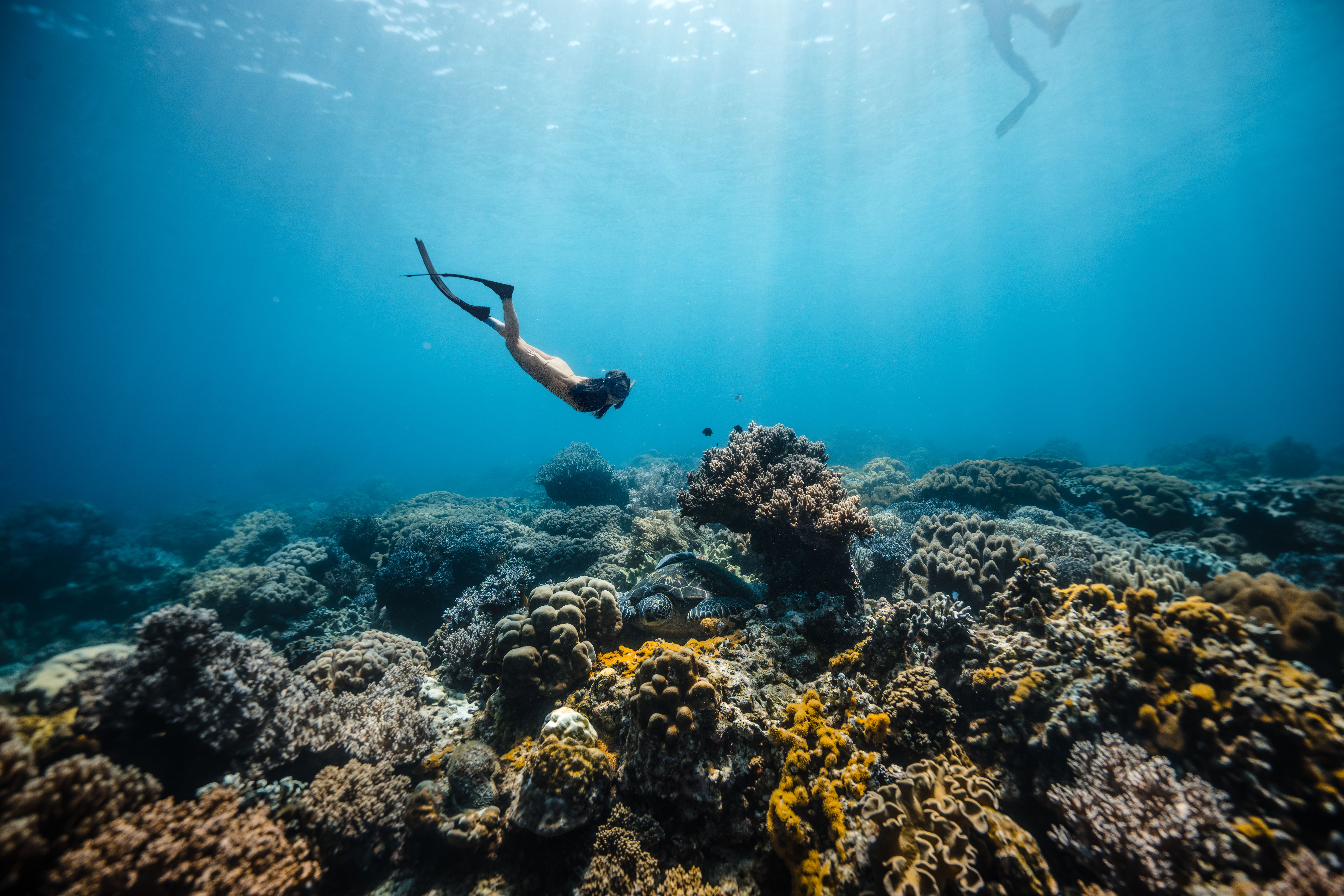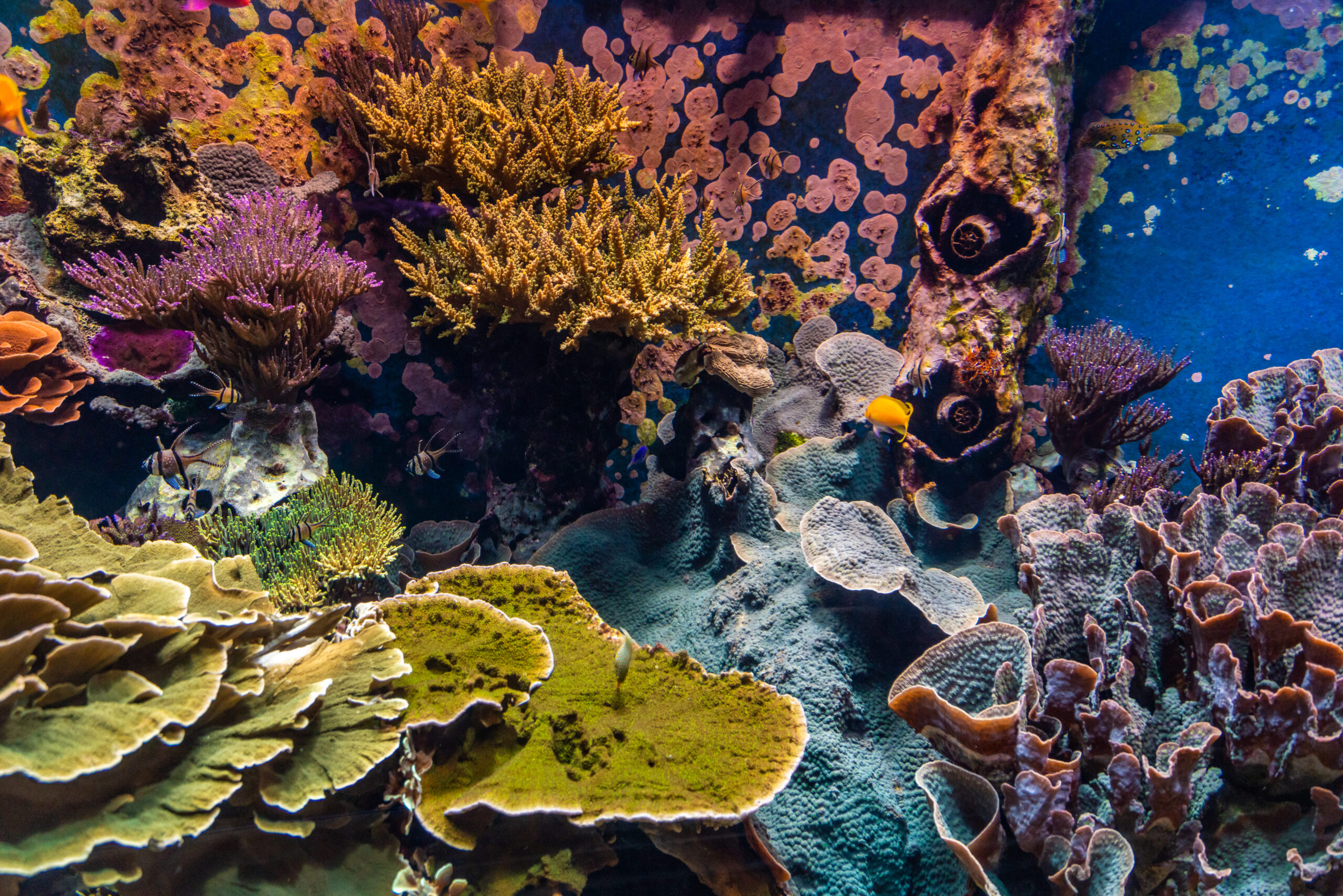Coral reefs are some of the most diverse and valuable ecosystems on Earth. Often referred to as the “rainforests of the sea,” these underwater gardens are not only a vital part of the marine life but also provide significant benefits to humans. From supporting fisheries and protecting coastlines to being a source of new medicines, coral reefs have a global importance that cannot be overstated. This guide will take you on a journey through some of the most stunning coral reefs around the world, discuss their importance, the threats they face, and what we can do to protect these natural treasures.
What Are Coral Reefs?
Before diving into the vibrant world beneath the waves, it’s essential to understand what coral reefs are and why they are so crucial. Coral reefs are underwater structures made from calcium carbonate secreted by corals. Corals are marine invertebrates that live in compact colonies of many identical individual polyps. These polyps have symbiotic relationships with algae called zooxanthellae, which give corals their color and are critical for the health of the reef.
Ocean Habitats Teeming with Life
Coral reefs support more species per unit area than any other marine environment, including about 4,000 species of fish, 800 species of hard corals, and hundreds of other species. Scientists estimate that there may be millions of undiscovered species of organisms living in and around reefs. This incredible biodiversity is vital for the health of our oceans and contributes to the complex oceanic food webs.
Benefits to Humans and Marine Life
Beyond their natural beauty, coral reefs provide substantial societal benefits. Reefs protect coastlines from storms and erosion; provide jobs for local communities through fishing, tourism, and recreation; are a source of new medicines; and are hotspots of marine biodiversity.
The Most Mesmerizing Coral Reefs Around the World
Venture beneath the waves at any of these locations, and you’ll find yourself in an alien world, vibrant with color and bustling with life.
The Great Barrier Reef, Australia
The Great Barrier Reef is the largest coral reef system in the world, stretching over 2,300 kilometers. It is home to thousands of species of marine life, including the dwarf minke whale, the olive ridley turtle, and the clownfish.
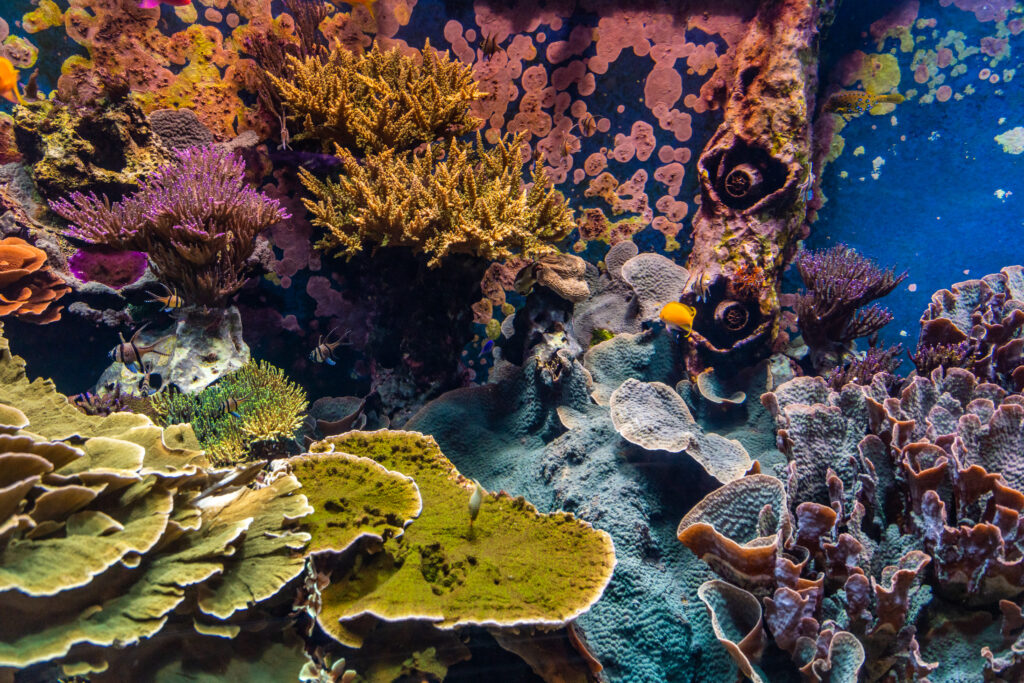
The Red Sea Coral Reef, Red Sea
Spanning approximately 1,200 miles along the coast of Egypt, Sudan, and Eritrea, the Red Sea Coral Reef is known for its clear water and vibrant coral. Despite its proximity to the desert, it supports a diverse ecosystem.
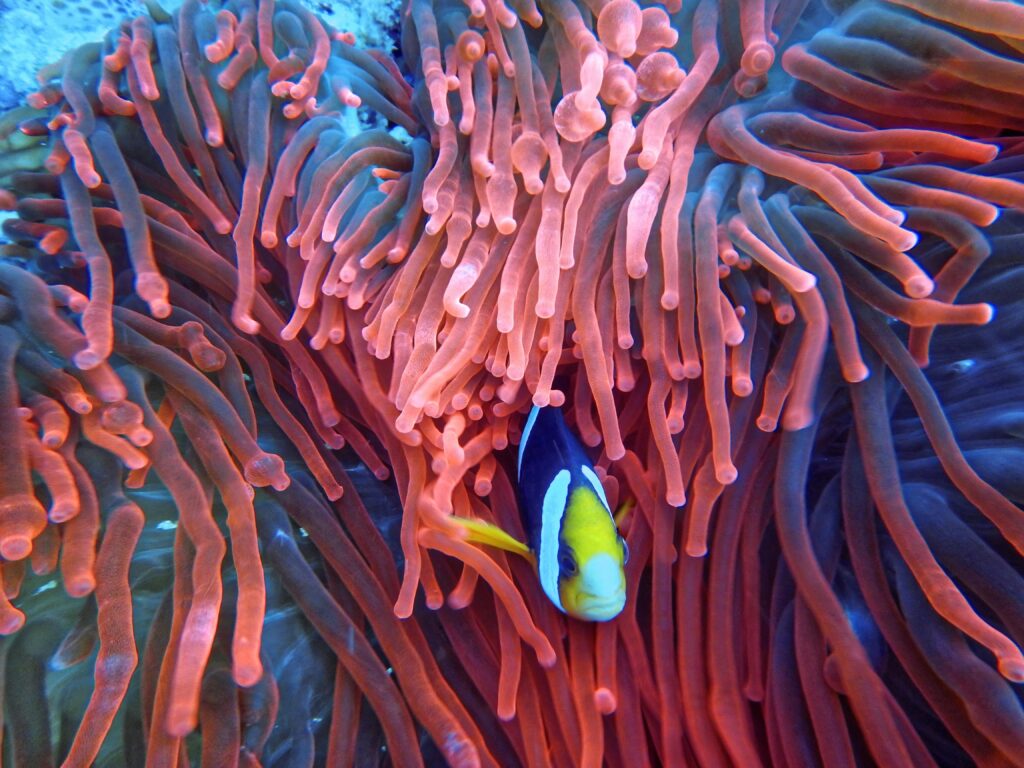
Raja Ampat, Indonesia
Raja Ampat is at the heart of the Coral Triangle, known as the global center of marine biodiversity. It is home to more species of fish and corals than anywhere else on the planet.
Threats to Coral Reefs
Despite their importance, coral reefs are under threat from a variety of sources. The primary threats include climate change, overfishing, destructive fishing practices, coastal development, pollution, and ocean acidification.
Coral Bleaching: A Sign of Stress
Coral bleaching occurs when corals become stressed by changes in conditions such as temperature, light, or nutrients. They expel the symbiotic algae living in their tissues, causing them to turn completely white. This can lead to coral death and the subsequent loss of habitat for many marine species.
Overfishing and Destructive Practices
Overfishing can deplete key reef species and alter the ecological balance of coral reef communities. Destructive fishing practices such as using cyanide or dynamite to catch fish can destroy corals directly.
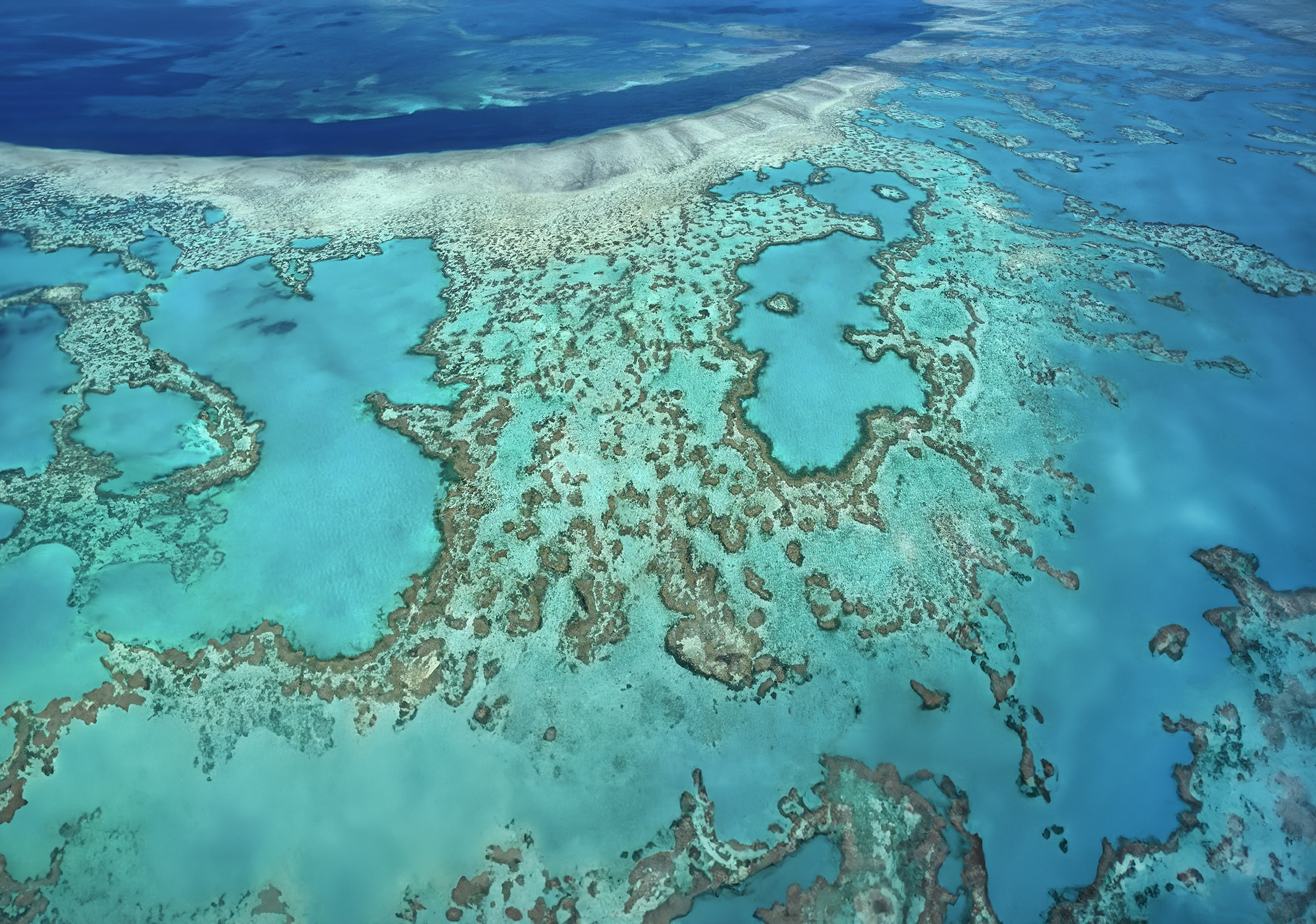
Conserving Coral Reefs: Efforts and Challenges
Conservation efforts are critical to the survival of coral reefs. These efforts include establishing marine protected areas, reducing overfishing, managing coastal development, reducing pollution, and addressing climate change.
Marine Protected Areas (MPAs)
Marine Protected Areas are regions where human activity has been placed under some restrictions in the interest of conserving the natural environment. MPAs can help replenish overfished areas, protect habitats, and boost local economies through eco-tourism.
Global Initiatives and Agreements
International agreements like the Convention on Biological Diversity aim to promote sustainable development and protect biodiversity, including coral reefs.
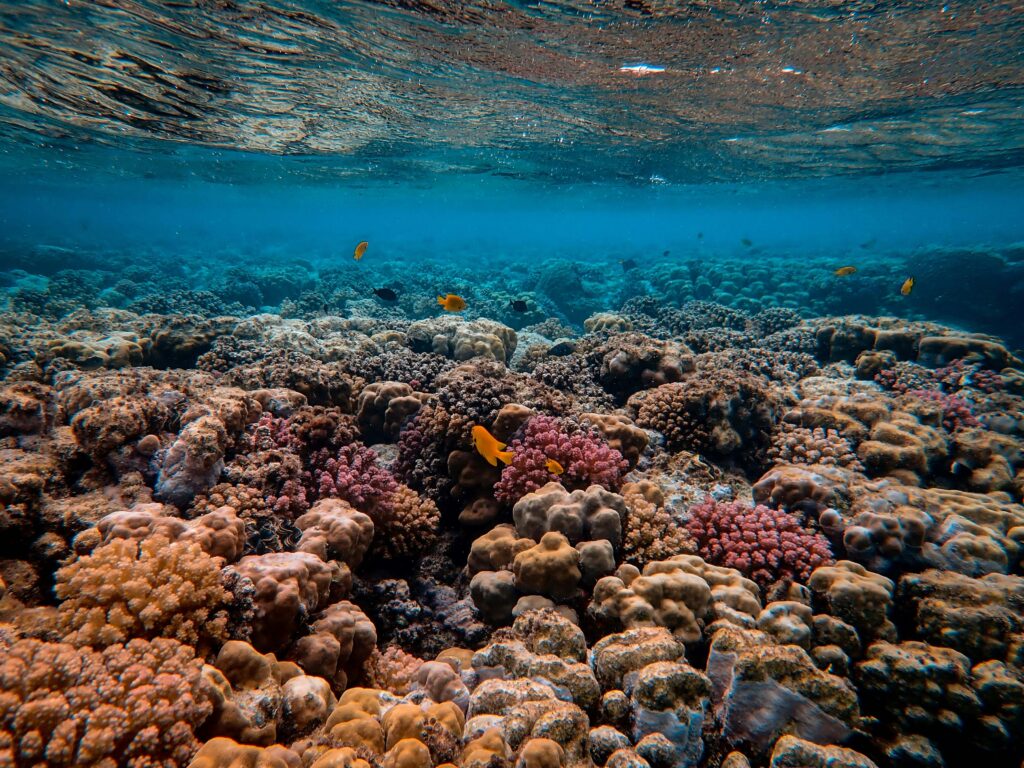
What Can We Do to Protect Coral Reefs?
Individual actions can collectively make a significant impact on the preservation of coral reefs.
Reduce Carbon Footprint
Reducing our carbon footprint can help slow down climate change, which is a significant threat to coral reefs. Simple actions like using energy-efficient appliances, reducing waste, and choosing sustainable transportation can make a difference.
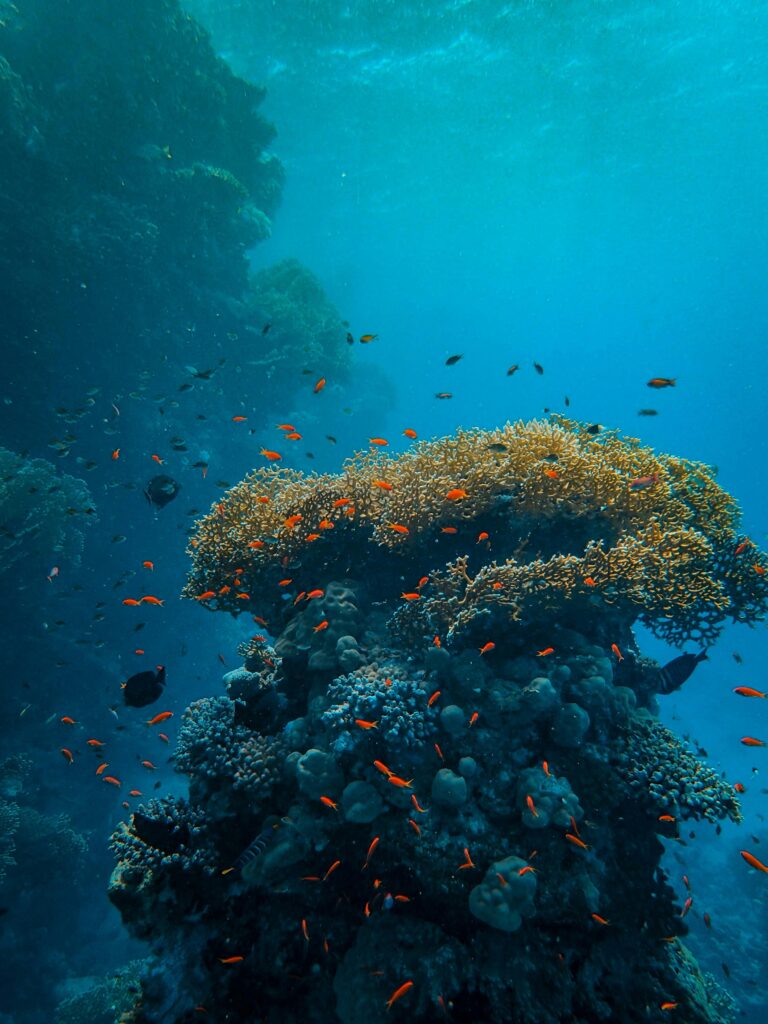
Support Sustainable Seafood
Choosing sustainable seafood is another way to help protect coral reefs. This means selecting fish that have been caught or farmed in ways that consider the long-term vitality of harvested species and the well-being of the oceans.
Get Involved in Local Conservation Efforts
Participating in beach cleanups, advocating for better policies, or donating to organizations working to protect the ocean can all contribute to the health of coral reefs.
The Future of Coral Reefs
The future of coral reefs is not set in stone. With increased awareness, dedication to conservation efforts, and a commitment to sustainable practices, we can help ensure that these magnificent underwater gardens continue to thrive for generations to come.
Takeaways
Coral reefs are essential to marine life and human society. By understanding the value of these ecosystems, recognizing the threats they face, and taking action to protect them, we can help safeguard these underwater gardens around the world. Whether you’re a diver, a snorkeler, or an admirer from afar, the fate of coral reefs affects us all, and it’s up to every one of us to contribute to their preservation.

